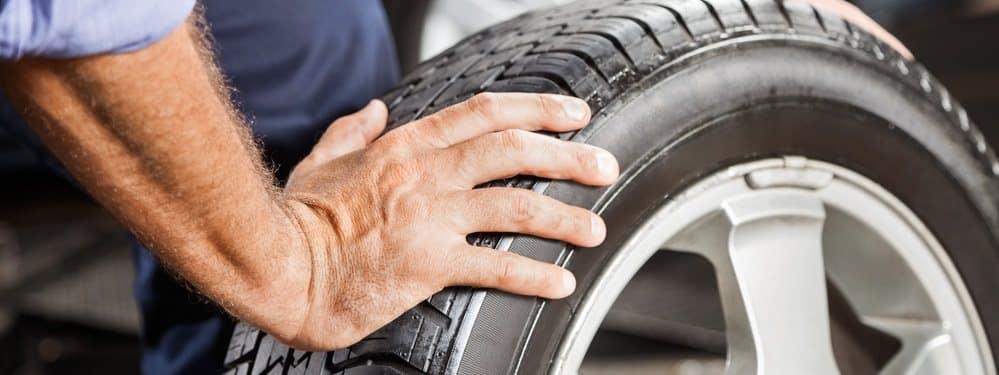Why should you get your tires rotated? Because it’s one of the easiest ways to extend the life of your tires and get the most miles out of them. And you only need to do it a couple of times a year.
Already know you need a tire rotation? Come visit us at one of our local stores or schedule an appointment.
Rotating the tires on your vehicle means moving them to different positions on your car or truck. This helps promote even tread wear on all four tires.
No matter how you drive, front and rear tires can wear at different rates. Tires that are mounted on the drive axle (the front two wheels on a front-wheel drive or back two on a rear-wheel drive) wear more quickly than the “free rolling” tires on the other axle.
Properly rotated tires can make for a smoother ride. It can also extend the life of your tires, saving you both time and money. By rotating your tires, you even out the wear to get the most tread life from every tire. Regular rotations are equally important, even if you have an all-wheel drive vehicle.
A good rule of thumb is every 5,000 miles. Depending on your vehicle, driving style, and tire type, you may need to rotate your tires more or less often. If you’re not sure, stop by Les Schwab. We’ll help you come up with a rotation schedule.
Regular tire rotations can help spot uneven tire wear early. Going too long between rotations may result in a wear pattern that can’t be fixed, no matter where the tire is moved on the vehicle. These wear patterns could result in the need for new tires sooner than expected.
Here are some ways to remember your next rotation.
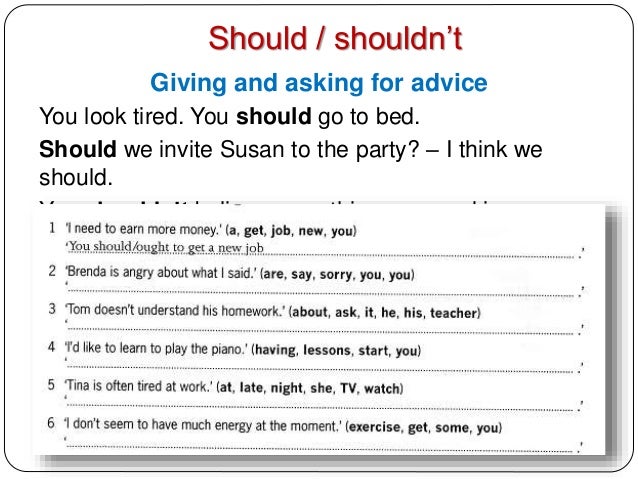
Getting your tires rotated every 5,000 miles is generally a pretty quick process. The professionals at Les Schwab will take the time to do a thorough tire rotation by also balancing your Les Schwab tires, checking your air pressure, doing a visual check of important safety systems, and documenting anything you should be aware of during the process. Once your vehicle is in our service bays, you can expect this procedure to be completed in about half an hour. Taking the time to make tire rotations a part of your normal vehicle maintenance regimen can add significant life to your tires, promote even tire wear for a smoother and more comfortable ride, and save you money in the long run.
The standard tire rotation is front-to-rear, but there are multiple patterns that could also help promote long tire life.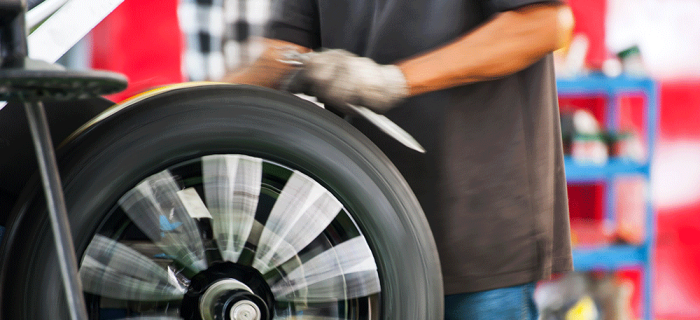
Here’s what Les Schwab tire pros consider to properly rotate and position the tires on your vehicle.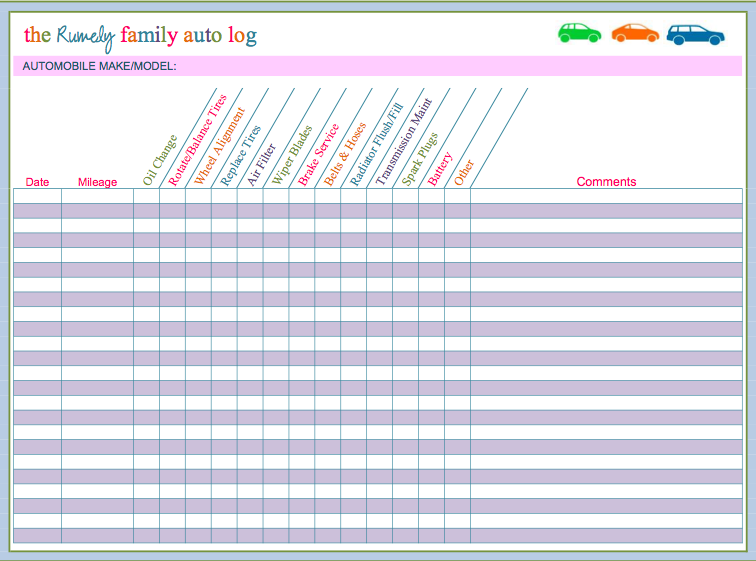
As always, check your owner’s manual for specific recommendations from the manufacturer.
If you have Les Schwab tires on your vehicle, rotations are free for the life of those tires. Plus we balance your wheels as part of the service. Don’t have Les Schwab tires? Our pros can still help maximize the life of your tires. Stop by your local Les Schwab for a quick estimate.
Don’t put tire rotations off. This simple task can maximize the life of your tires. When you buy tires from Les Schwab, we rotate them for free on most vehicles. Plus, we provide free rotation reminders by email.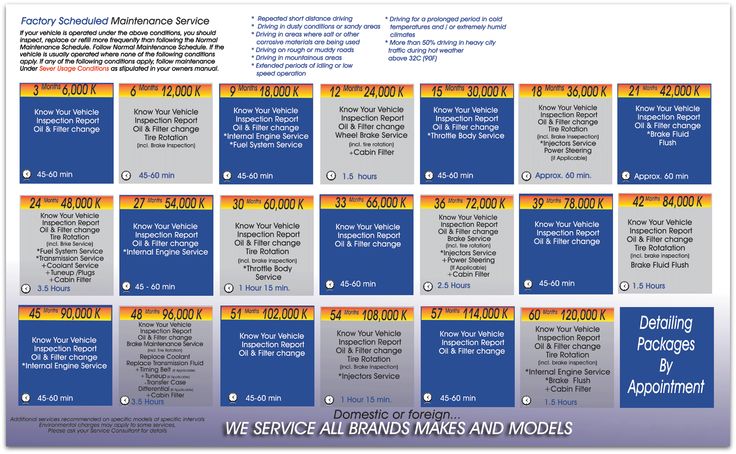 Just ask at your local store.
Just ask at your local store.
Tires are one of the most important and ignored parts of a car. Properly maintained wheels keep your vehicle safe and performing well. Most drivers know regular rotations prolong the life of a set of tires, but how often should you rotate your tires? And why does it matter? Here’s how to properly care for your tires so they can take care of you.
Answer: You should rotate your tires every six months or 6,000 to 8,000 miles. Read more here: http://t.co/6aUv9vGOZ6 pic.twitter.com/vu34W11MsH
— Michelin USA (@MichelinUSA) February 7, 2015
When you take your vehicle to the mechanic to rotate the tires, each wheel is taken off the vehicle and moved to a different spot on the car. According to Michelin, tires are rotated to ensure they last longer, wear evenly, and keep you safe.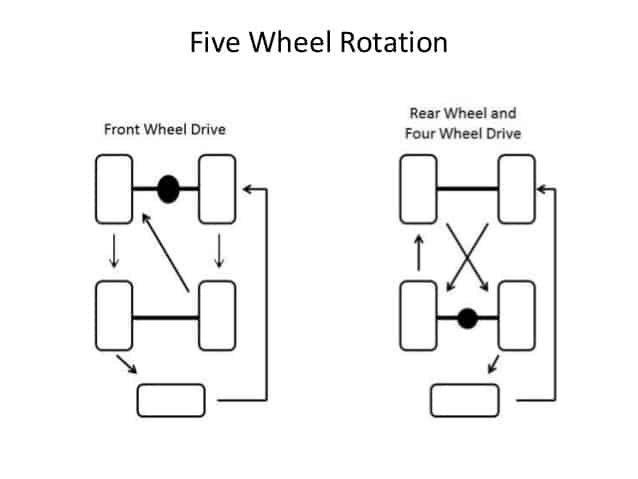 Though every vehicle and tire type is different, many experts recommend tires be rotated at least every six months or every 6,000 to 8,000 miles.
Though every vehicle and tire type is different, many experts recommend tires be rotated at least every six months or every 6,000 to 8,000 miles.
If you drive your vehicle a lot, you may need to get your tires rotated every time you need an oil change or every 3,000 to 5,000 miles. This time frame can vary, depending on whether your car is front-, rear-, or all-wheel drive. According to Car and Driver, tires will wear at different rates for various models. Proper rotation may also rely heavily on the type of tire, especially when it comes to vehicles with varying tire sizes at the front and rear.
Your vehicle’s owner’s manual should offer guidance on rotating your tires, as well as the rotation frequency and pattern of your vehicle. This can help you better understand how your tires wear and how often you need to rotate them. When in doubt, seek the advice of a professional.
Rotating your tires is a task that should never be ignored. According to Consumer Reports, “Well-maintained tires will help you travel safely for tens of thousands of miles.” Without the proper rotation, your tires may not wear evenly, which can hinder your car’s performance and safety.
Your vehicle’s front tires are largely responsible for braking, which makes wheel quality even more important. If your tires are overly-worn or not evenly worn, your vehicle cannot do its job properly. Especially in the case of a front-wheel-drive car, which grips for traction, working to maintain even wear patterns can impact braking, overall ride, noise, and longevity.
Especially in the case of a front-wheel-drive car, which grips for traction, working to maintain even wear patterns can impact braking, overall ride, noise, and longevity.
In addition to maintaining your vehicle’s performance, rotating your tires can also have more practical value. For instance, if your tires come with a warranty, its maker may require regular maintenance to enforce the warranty. This requirement would include regular tire rotations.
Tire rotation also provides an opportunity for a mechanic to inspect your tires, access any damage, and even inflate them. Depending on the car, as well as its drivetrain, a mechanic will move your tires to different positions.
The most standard rotation, according to U.S. News, involves moving the front tires to the rear and the rear tires to the front. But there are a variety of rotation patterns, which makes seeking professional help necessary. During your vehicle’s inspection, the mechanic will also check for inflation rates and problems like blistering or cupping on your tires.
Lack of wheel balance is not only a deferred suspension expense and premature tire wear, but also a potential threat to safe driving. Wheel wobble leads to uneven "eating" of the tire, vibrations on the steering wheel, which are more felt with increasing speed.
However, once done balancing is not something eternal. Poor road surface, long-term storage, errors in operation lead to wheel imbalance. Winter and summer tires on two sets of discs do not save here.
Regardless of the operating options, the answer here is unambiguous: yes, balancing is needed.
Consider the option with two sets of rubber on the disks.
After leaving the winter, the driver sends the winter set for storage in the garage or on the balcony. The wheels will only return to the car closer to the next first snow. During the operation, the wheel with a high degree of probability flew into the pit more than once, it is possible that the tire was not inflated in time, it was operated in modes not intended for it.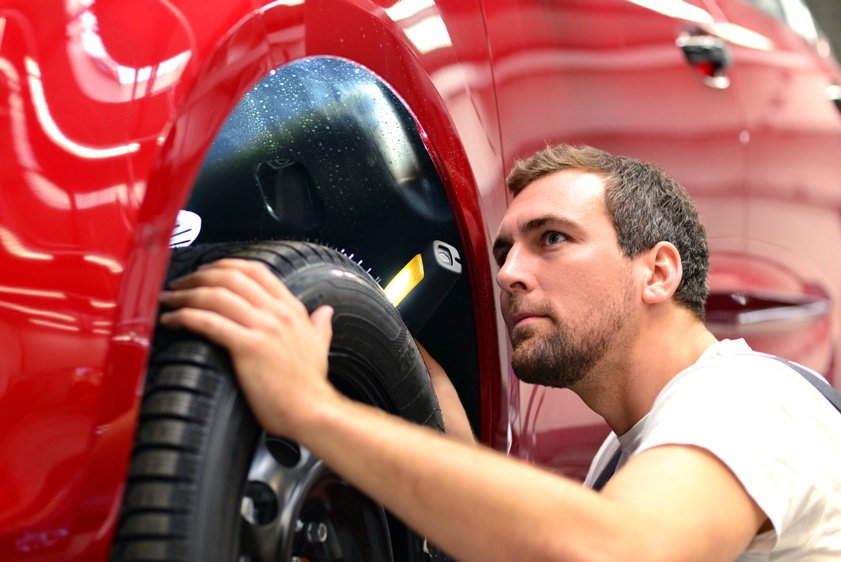 All this can lead to loss of weights, a slight change in tire weight, but enough to upset the balance of the wheel.
All this can lead to loss of weights, a slight change in tire weight, but enough to upset the balance of the wheel.
Tire manufacturers recommend balancing every 10-15 thousand km. Each driver has his own driving mode, so these recommendations are quite difficult to follow. It is better to check and balance before the start of the season.
At the expense of winter studded tires, there is a special opinion that the mileage until the next check is 5 thousand km. The reason is the flying spikes and increased loads on the wheel, which are formed due to adhering ice.
It is also recommended to balance after a puncture or cut has been repaired, after a serious blow.
The quality of work is influenced, first of all, by the equipment. Both the level of the stand and its wear are important here.
The best results are given by computer-controlled stands.
Such equipment makes it possible to balance discs using a system of spaced weights, even for wheels with a large imbalance.
Stands can be calibrated to different accuracy: 1, 5, 10 grams. Most often, 5-gram precision is used. This is quite enough to achieve good results for a wide range of car tires.
10 grams do not give such accuracy, but for lack of a better one, it is quite sufficient. Calibration of the machine by 1 gram is necessary for vehicles operated at high speeds.
However, no matter how modern the equipment is, over time, wear and tear of the elements occurs. Most often, wheel mounts are produced, which introduces errors into balancing. Stand bearings become unusable less often. If the bearing is damaged, there are beats in it. This situation leads to inadequate sensor readings and imbalance.
6000 rub
8500 rub
9000 rub
First, a little educational program.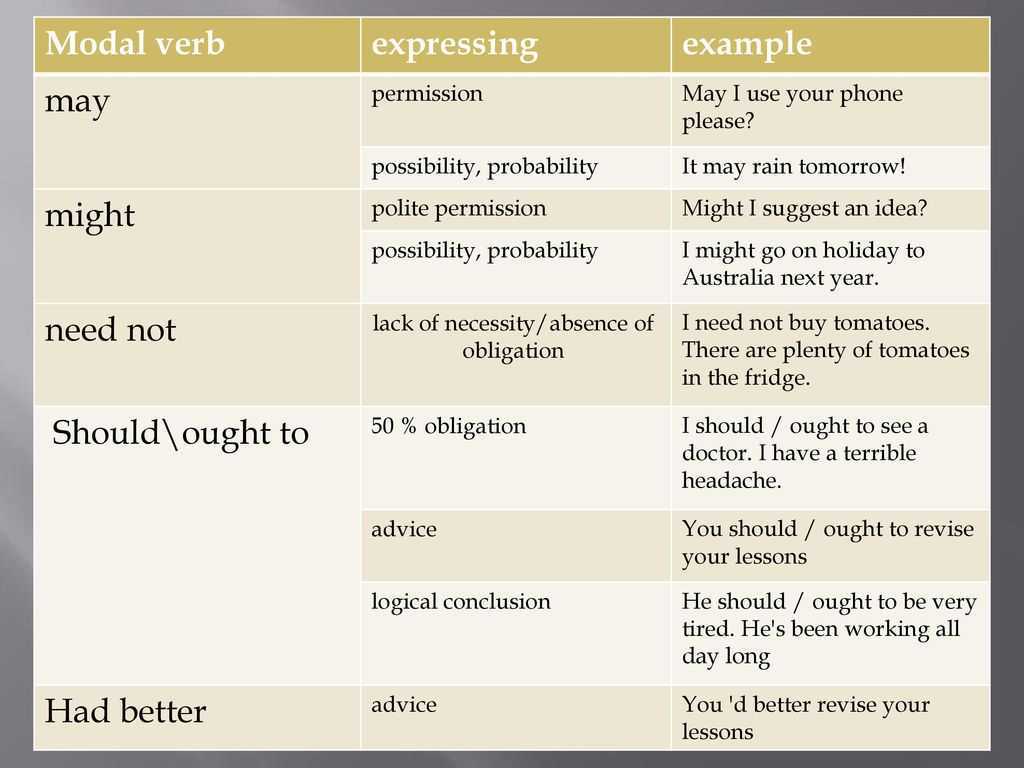 Balancing is the alignment of the center of mass of the wheel with the axis of rotation. In this case, the loads are fixed opposite the heavy part of the wheel. This is the definition of static balancing. And since the wheel is not a thin disk, but rather a wide roller, the so-called dynamic balancing is necessary, when loads are placed both on the outer and on the inner parts of the wheel disk. Naturally, the wheels need to be balanced immediately after mounting the tire on the rim: after all, the imbalance can reach 50–60 g on each side. If it turns out more, then it makes sense to "twist" the tire relative to the disk, ensuring their mutual rotation by 180 degrees. With this initial balancing, tire workers provide an imbalance of less than 5 g per side. It is believed that a new tire is capable of slightly changing its position on the disk in the first kilometers, and therefore the balancing will go away a little.
Balancing is the alignment of the center of mass of the wheel with the axis of rotation. In this case, the loads are fixed opposite the heavy part of the wheel. This is the definition of static balancing. And since the wheel is not a thin disk, but rather a wide roller, the so-called dynamic balancing is necessary, when loads are placed both on the outer and on the inner parts of the wheel disk. Naturally, the wheels need to be balanced immediately after mounting the tire on the rim: after all, the imbalance can reach 50–60 g on each side. If it turns out more, then it makes sense to "twist" the tire relative to the disk, ensuring their mutual rotation by 180 degrees. With this initial balancing, tire workers provide an imbalance of less than 5 g per side. It is believed that a new tire is capable of slightly changing its position on the disk in the first kilometers, and therefore the balancing will go away a little.
Now let's turn directly to our topic. If you alternately install either winter or summer tires on the same wheels, then you cannot avoid balancing.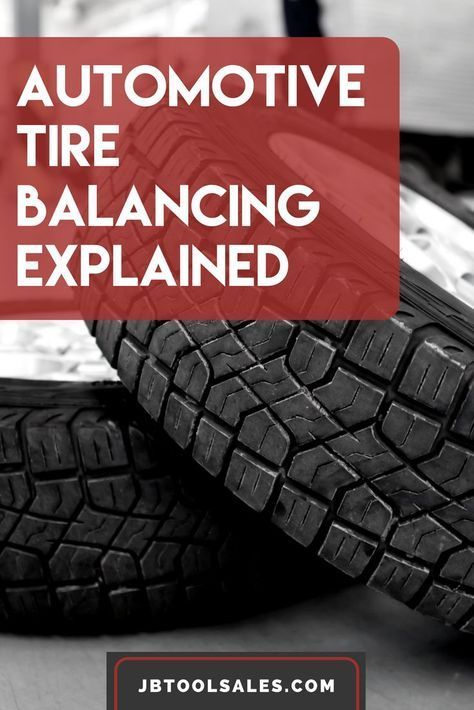 There is nothing to argue about here. The question of balancing every season arises only for those car owners who have two complete sets of wheels: summer and winter.
There is nothing to argue about here. The question of balancing every season arises only for those car owners who have two complete sets of wheels: summer and winter.
Related materials
Routine work that everyone ignores (and in vain!)
So, should the wheels be balanced at every seasonal change?
If you approach the process formally, then you should remember the instructions for the car. It is usually recommended to balance the wheels after a run of 10,000 to 15,000 km. If you drive less in one season, then you definitely shouldn’t balance, except for the cases specified below.
But this is in theory, but in practice I advise you to monitor the behavior of the car. If there is no noticeable beating of the steering wheel, then balancing is not needed. The beating of the rear wheels is felt less, but they usually suffer less often. In any case, you should feel a strong imbalance.
If you change your own wheels twice a year, the following recommendation applies.